As a medical physician, I found the book invaluable to my pre-health professional students. The Trail Guide to the Body is a fantastic book. The text and the supporting materials gave my students wonderful practical applications in manipulation and clinical musculoskeletal exams. I have never seen a text so well presented.”
A time-tested text for
hands-on therapy education.
The centerpiece in a wide variety of foundational coursework.
From functional anatomy and surface anatomy to palpation and kinesiology, Trail Guide to the Body is a relevant educational resource for successive courses throughout a hands-on therapy student’s academic career. This text provides an excellent foundation for students in the healthcare and fitness professions such as exercise science, clinical exercise, and fitness programming, as well as for professional degrees in medicine, physical therapy, and occupational therapy.
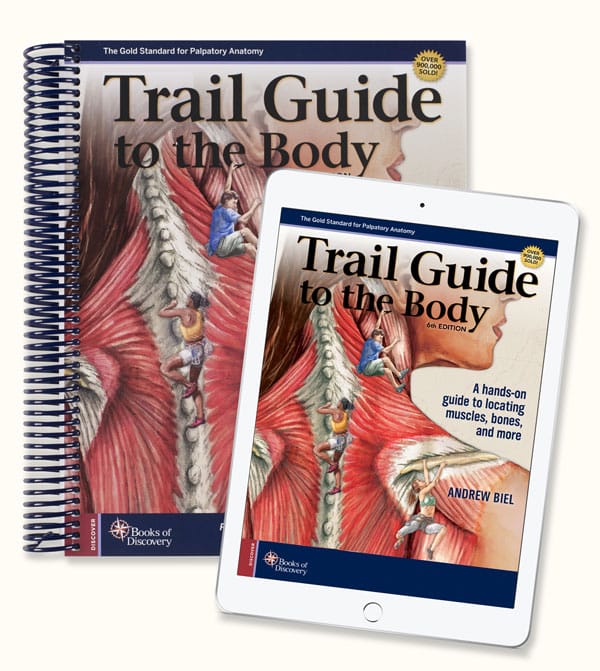
Learner-centered instruction on manual therapy and soft tissue treatments.
Trail Guide to the Body is a dynamic tool that presents explicit palpation instructions and beautiful illustrations of musculoskeletal structures, while addressing the distinct learning needs of individual students. With content written in a clear, engaging manner, the text takes students on a journey that includes a well-defined trail through different physical structures, speeding up their understanding of how to navigate the human body.
There’s also a wide range of academic support materials that accompany the text — apps, eBooks, videos, audio guides, workbooks, flashcards, and more — making it easy for students to find study tools to address their unique learning and study styles.
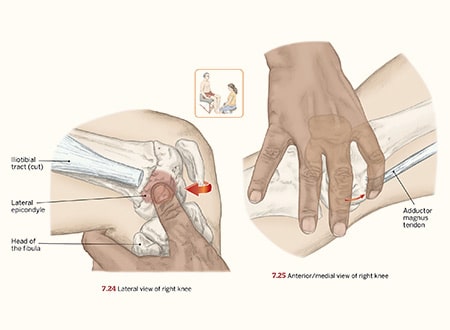
Equips instructors with proven resources.
As a Trail Guide to the Body educator, you’ll gain easy access to a powerhouse collection of complimentary instructor resources for every lesson and program covering the musculoskeletal system and palpation skill development. From videos to PowerPoint presentations, curricular help to tips and activities, these resources will save you time and capture your students’ attention.
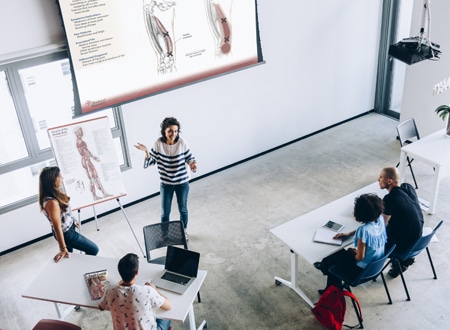
Other items to consider.
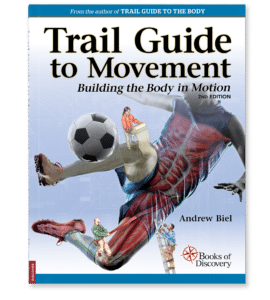 Trail Guide to Movement
Trail Guide to Movement
Author Andrew Biel takes students on a unique and fascinating journey as he helps build — step by step — a human body in motion. Topics include key structures for movement and biomechanical principles.
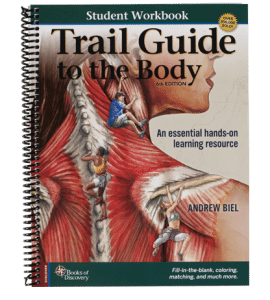 Student Workbook
Student Workbook
Trail Guide to the Body Student Workbook follows the chapters and structures in the text. Students can self-test and accelerate information retention with fill-in-the-blanks, coloring pages, matching exercises, and more.
